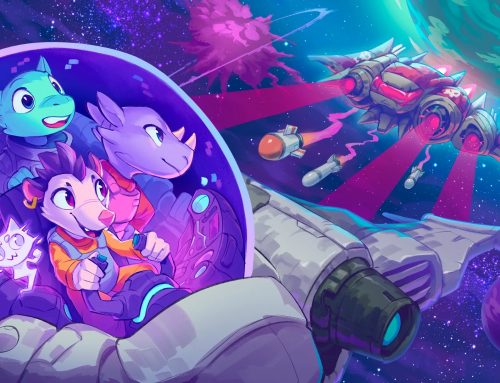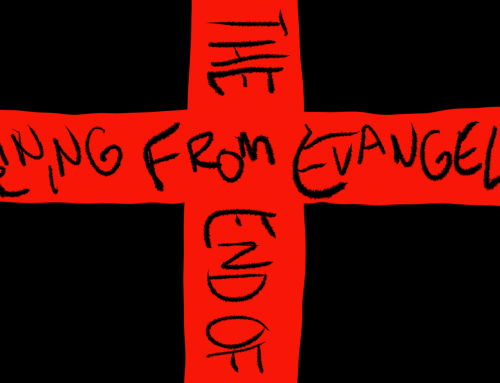So, I finally saw Frozen, and I loved it. Disney has had a good run of late.
There is a favorite line of mine in Frozen for its ability to explain away magic rules that do not matter in the context of a story. It’s a marvelous line that ripples and flares with life the more you think about it. It’s so effective at what it does that that one line spares the movie entire explanatory sequences and songs.
Early in the movie, a character with magical abilities taken to a sort of shaman. The little old rock guy walks up to the character and says:
Was she born with it or is she cursed?
This is the only time there is ever a verbal explanation. The girl has ice powers. That’s it. The lovely thing about the line is that it explains away things with specifics.
Specifically, ‘Born with it’ and ‘cursed.’
We don’t ever hear other information about these two ways of getting powers. We just hear the question, get an answer, and we’re off with the story.
In stories where characters have powers, there is usually a huge amount of rule-setting that happens. This is because, for fantastical powers to be compelling, we must know their limits, so that dramatic stakes can be set.
In this case, the team only needed to set one limit (if magic hits someone’s heart, that’s bad). Any other discussion or extrapolation isn’t needed, so long as the audience signs off on how powers are acquired.
Specificity kills ambiguity, as we learn in improv classes. It’s a marvelous tool for writing as well, and often misused.
Specificity is why expanded universe fiction (like the Star Wars EU) has so much content to fall back on. The Kessel run, thermal detonators, Coruscant…
If you are building a fictional world, watch for a simple line that can replace elaborate exposition. If you’ve listened to the demo songs on the Frozen soundtrack, you know that the ‘cursed’ line eliminated an entire scene. There was an entire school pageant dedicated to the legend of the person who has snow powers blah blah blah. Now? Gone.
On this note, beware the fine line between implied world building, and a lack of information. Worlds need a base ruleset to be compelling. Frozen is a classic fantasy kingdom. We already understand princes, princesses, and castles, so it doesn’t need to set rules for those. Your story that takes place inside a giant turtle might need more work.
As an example, watch the opening of the Firefly movie, ‘Serenity.’ Joss Whedon had to introduce a world, two major threats, nine characters, tone, and a really nice spaceship set. He did it in nine minutes in an extraordinarily complex sequence. Had it not been there, the movie would have been inscrutable.
On the other side of the line, an opposite situation happened to me personally. I was slogging through postproduction on ‘Companion,’ and I received unsolicited feedback. The feedbackee insisted I HAD to bookend the piece with rote, obvious radio announcements. This was bad advice for ‘Companion.’ The short works as an act of discovery, heavy in tone and with confused, visceral situations. And then the full scope of the story unveils at the end. People will always pull for accessibility, and to most folks, that means OVEREXPLAIN IT TO YOUR AUDIENCE; THEY NEED HELP.
What you do or do not show an audience is important in molding their interpretation of the events of the story. And if you aren’t responsible for that, you might do something that breaks the story. It’s a hard thing to get right, so it’s fortunate that movies like Frozen give us such great examples to reference.





